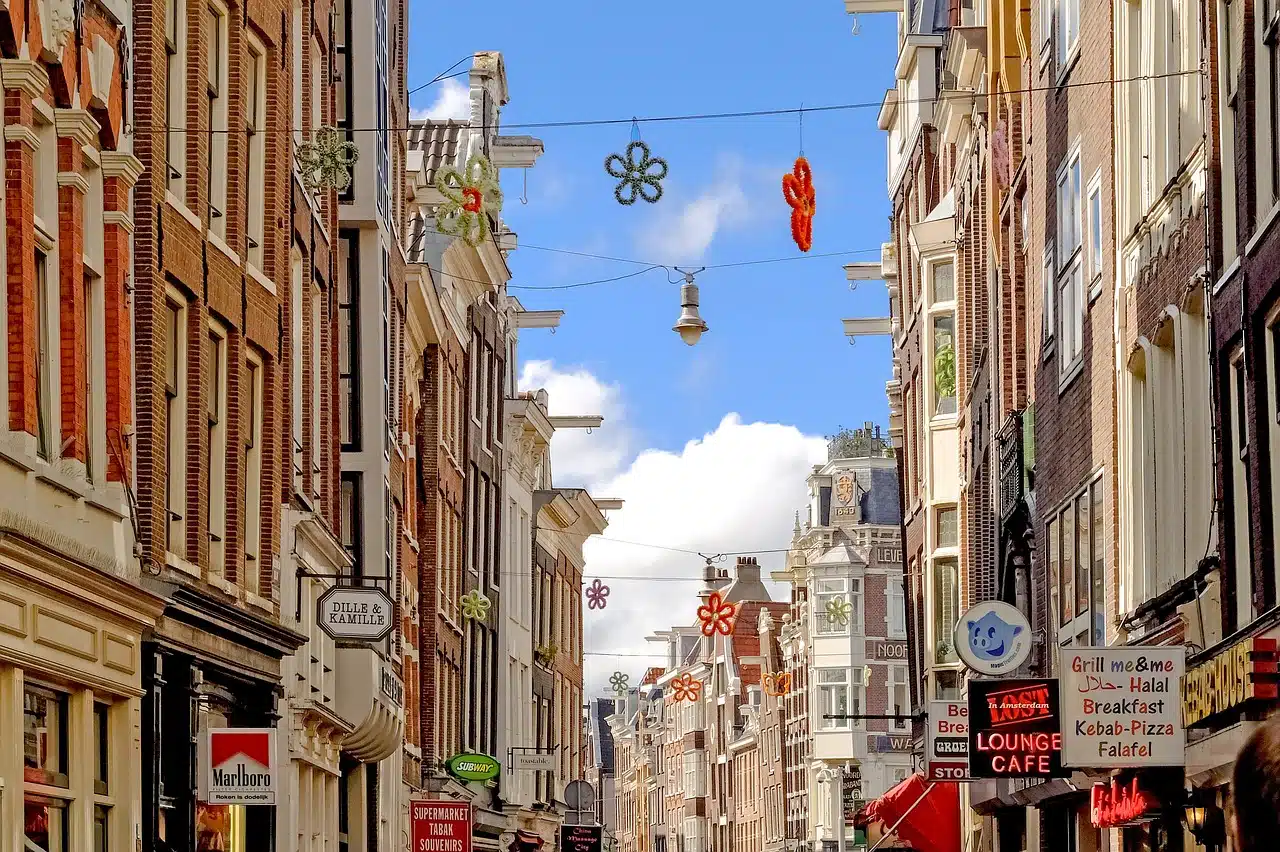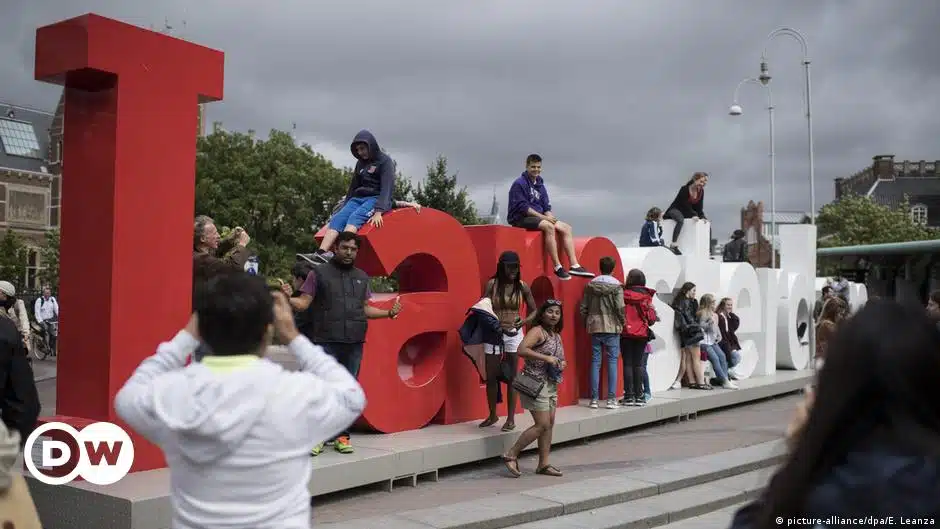Extra fees, high fines. Popular cities are struggling with mass tourism in Amsterdam

For several months, the capital of the Netherlands has been running the “Stay Away” campaign in Great Britain, aimed at discouraging young Britons from coming to Amsterdam. The campaign, sponsored by the city council, launched in March and targets Britons aged 18 to 35 who have been described as “potentially disruptive tourists”.
At the same time, from the end of May, smoking marijuana in the city’s red light district is punishable by a fine of 100 euros. The ban on smoking grass in the very center of the city is to reduce nuisance for the inhabitants of Amsterdam.
This is a small revolution in a country famous for its liberal approach to soft drugs. Amsterdam is visited by many tourists every year, for whom the main goal is not to admire the charms of the city, but to smoke a legal joint. The decision of the capital city authorities will significantly limit this possibility.
One of the key issues faced by popular cities like Amsterdam is the strain placed on infrastructure and public spaces due to the influx of tourists. This often leads to overcrowding, increased littering, and a strain on resources. The “Stay Away” campaign aims to raise awareness about responsible tourism and encourage visitors to respect the local culture, environment, and community.
In addition to the campaign, cities like Amsterdam have also implemented extra fees and high fines to deter unwanted behavior. These measures are intended to ensure that visitors understand and abide by local rules and regulations. By imposing stricter penalties for offenses such as public disturbances, excessive noise, or illegal activities, authorities hope to discourage disruptive behavior and promote a more sustainable and harmonious relationship between tourists and the local community.
It is worth noting that the purpose of such campaigns and measures is not to discourage tourism altogether. Instead, the goal is to promote a more balanced and sustainable tourism model that benefits both visitors and the local community. By addressing the challenges associated with mass tourism, cities can strive to create a more enjoyable and respectful experience for all.
Ultimately, the “Stay Away” campaign in Amsterdam serves as a reminder that responsible tourism is crucial in preserving the charm, cultural heritage, and quality of life in popular cities. It encourages visitors to be mindful of their impact, respect local customs, and contribute positively to the places they visit. By fostering a mutual understanding between tourists and residents, cities can work towards sustainable tourism practices that benefit everyone involved.
Other cities in Europa
A fine of €275 will be imposed in Portofino, Italy, for “loitering while taking a selfie” in two red zones of the city. These are not the only regulations that hit troublesome or rowdy tourists.
More and more cities are struggling with the nuisance caused by mass tourism. Since March, there has been a limit in Barcelona for groups of tourists that can stay in popular parts of the city. The measures are clear: limiting groups to a maximum of 20 people, and banning the use of loudspeakers by guides.
According to “Le Soir”, the ban is respected, because for breaking it there are fines from 1,500 to 3,000. euro. At the same time, it is enforced by patrols of municipal services cooperating with the police. “I take this restriction seriously because colleagues have already been fined,” one guide told the newspaper.
Venice has already closed its center for cruise ships due to the massive influx of tourists and is now considering introducing a new tourist tax. “The city is dying under the weight of what constitutes its greatest wealth: beauty,” wrote a Belgian daily.
The local authorities have already announced the introduction of an entrance fee to the city for one-day tourists. “The cost should range from three euros in the off-season to 10 euros on busy days,” reports Le Soir.







